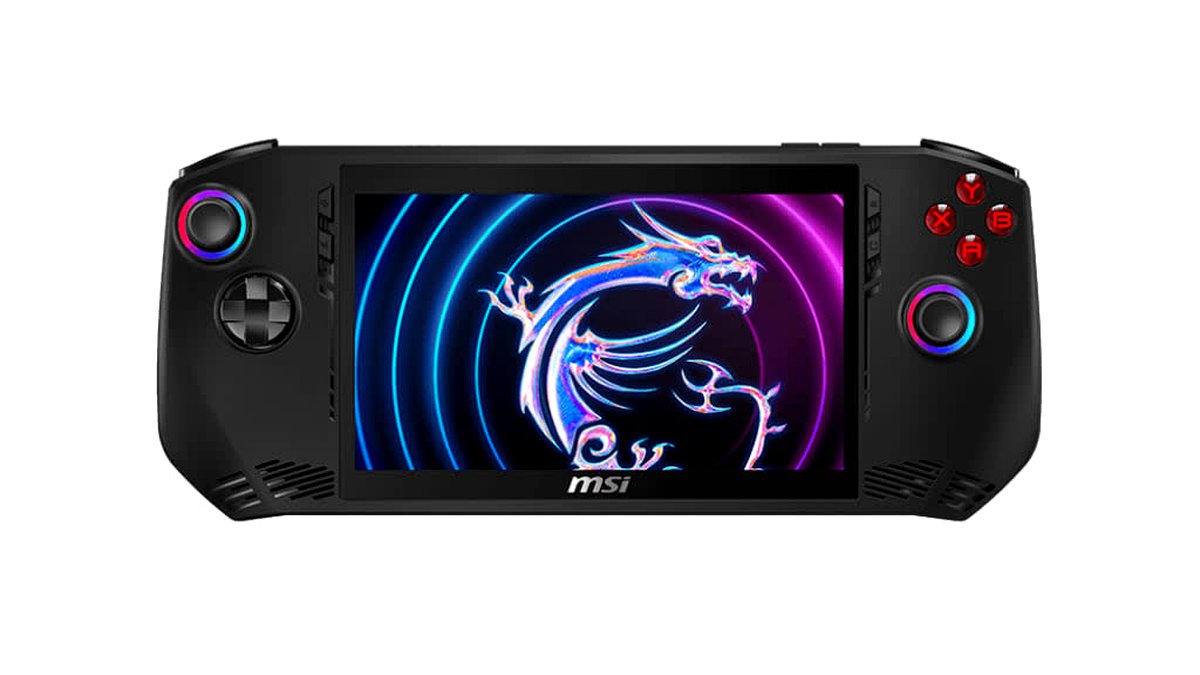When the MSI Claw A1M first launched, it faced a barrage of criticism, primarily centered around its performance and price point. Many early adopters and reviewers found it struggled to keep pace with its AMD-powered rivals, leading to a lukewarm reception. However, months later, with significant software updates and notable price adjustments, the question arises: has the MSI Claw evolved into a compelling option for handheld gaming enthusiasts? This article delves into its current standing, examining whether its initial shortcomings have been sufficiently addressed to make it a worthwhile investment in today's competitive market.
Technical Overview
The MSI Claw A1M is built around Intel's Core Ultra 5 135H processor, featuring Intel Arc graphics. It sports a 7-inch FHD (1920x1080) 120Hz display, 16GB of RAM, and up to 512GB SSD storage. Its design includes a comfortable ergonomic grip and a robust cooling system. While its specifications on paper were competitive, early performance often lagged behind expectations, particularly when compared to devices utilizing AMD's Ryzen Z1 Extreme.
Performance Updates and Price Adjustments
One of the most significant factors in the MSI Claw's reassessment is the series of software and firmware updates released by MSI. These updates have reportedly addressed many of the initial performance bottlenecks, optimizing the Intel Arc graphics and improving overall system stability. Users on platforms like Reddit have noted a tangible improvement in gaming frame rates and a more consistent experience. Concurrently, the device has seen substantial price cuts, with some regions reporting prices as low as €350, a significant reduction from its launch price of €500. This price adjustment fundamentally alters its value proposition, making it a more attractive option for budget-conscious gamers.
Market Context and Competitive Positioning
Initially, the MSI Claw struggled to find its footing against established players like the Steam Deck and the ROG Ally. Its higher price and perceived performance deficit made it a difficult recommendation. However, with its updated performance and reduced cost, the Claw now occupies a more competitive space. It offers a unique proposition as an Intel-powered handheld, potentially appealing to users who prefer Intel's ecosystem or specific features like Thunderbolt connectivity. While it may not outperform the top-tier AMD handhelds in every scenario, its current pricing makes it a strong contender in the mid-range segment, offering a solid Windows gaming experience at a more accessible price point.
Critical Analysis: Is It Worth It Now?
The consensus from recent discussions and updated overviews suggests that the MSI Claw has indeed become a more viable option. The software optimizations have significantly improved its gaming capabilities, transforming it from a device with potential into a more consistent performer. For its current price, especially at the €350 mark, the MSI Claw offers a compelling package. It provides access to the full Windows gaming library, a high-refresh-rate display, and a comfortable form factor. While it still faces stiff competition, particularly from the Steam Deck OLED's value and the ROG Ally's raw power, the Claw's improved performance-to-price ratio makes it a strong consideration for those looking for an affordable entry into the x86 handheld gaming PC market.
Conclusion
The MSI Claw's journey from a criticized newcomer to a potentially recommended handheld is a testament to the impact of software optimization and strategic pricing. While its initial launch was rocky, MSI's commitment to improving the device has paid off. For gamers seeking an Intel-powered handheld that delivers a solid Windows gaming experience without breaking the bank, the MSI Claw, at its updated price, presents a surprisingly strong case. It's no longer just a curiosity; it's a contender.
Sources
Note: All sources have been verified for accuracy and editorial standards compliance.
